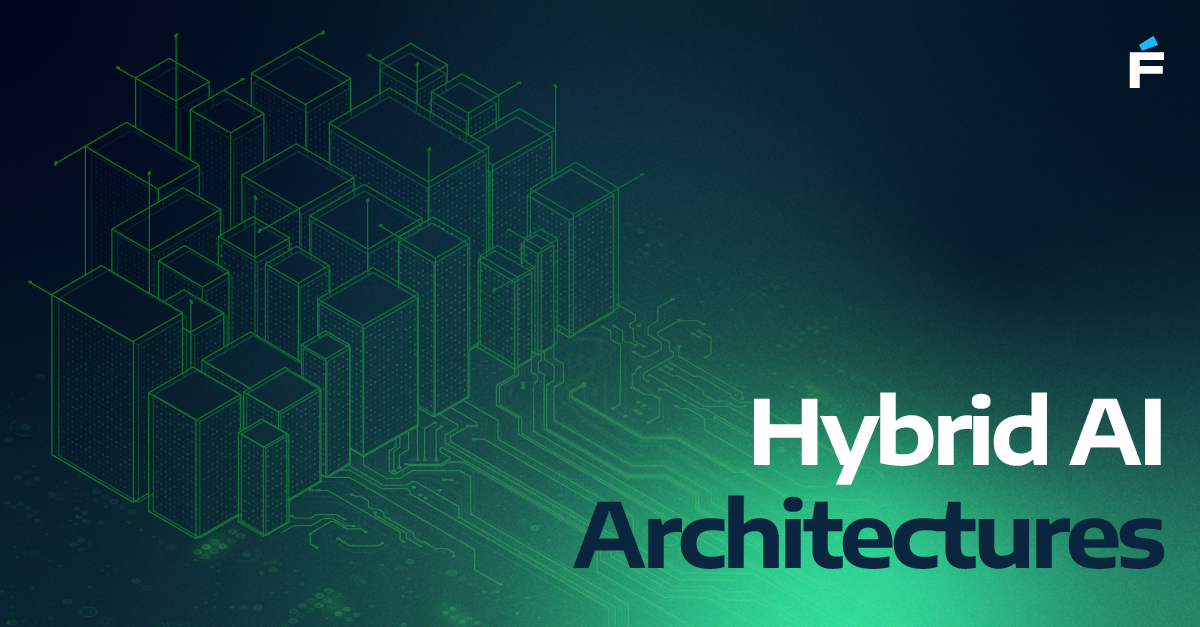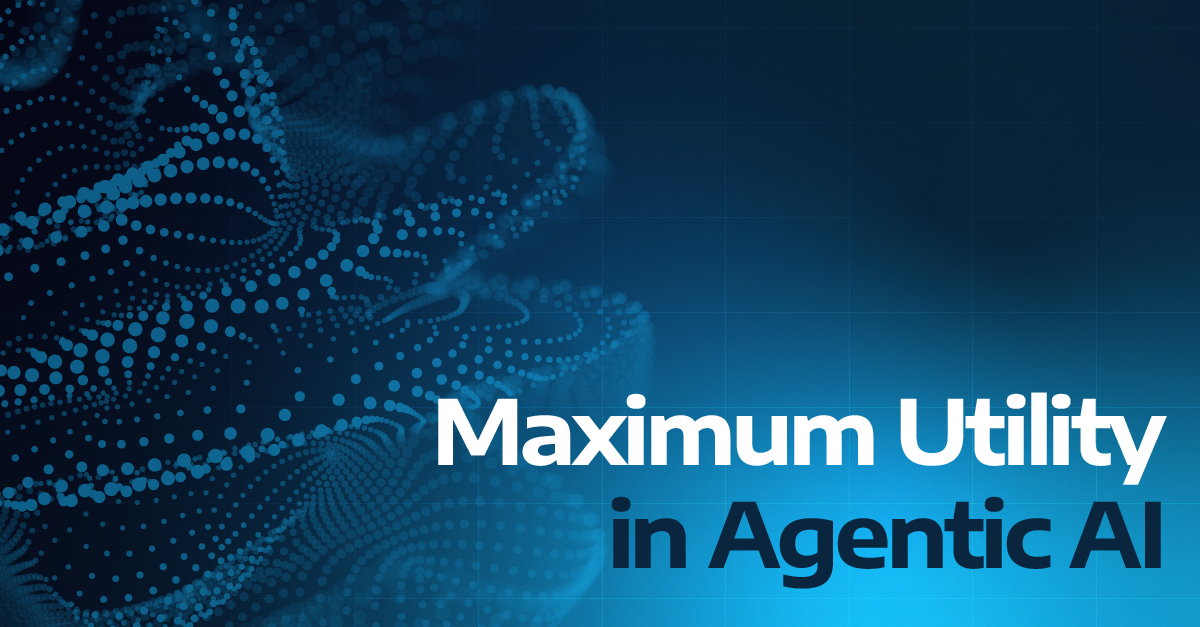As organizations deepen their investments in AI systems, a recurring operational bottleneck emerges: how to adapt language models efficiently and securely in real-time enterprise environments. Traditional LLM deployment cycles—pretraining, fine-tuning, evaluation, retraining—introduce latency, cost, and data governance challenges that are increasingly unsustainable.
A new paper from researchers at MIT, Self-Adapting Language Models (Zweiger et al., 2025, arXiv:2506.10943), addresses this problem directly. It proposes a mechanism for large language models to update themselves based on their own outputs and outcomes, without human supervision or external retraining. This represents a meaningful shift in how we think about lifecycle management for LLMs.
From Fine-Tuning to Self-Tuning
The authors introduce a framework called SEAL (Self-Adapting LLMS), where a language model:
- Generates synthetic training data based on its own perceived weaknesses,
- Applies structured updates to its parameters through adapter-based fine-tuning,
- Evaluates the result of these changes on a held-out downstream task,
- And repeats the process, optimizing toward performance improvement over time.
This is not reinforcement learning in the classical sense, nor is it prompt engineering. It is a controlled experiment in whether a model can operate as both generator and consumer of its own learning signals—an early but important demonstration of agentic self-improvement.
Strategic Implications for Technology Leaders
For CTOs and CEOs overseeing AI adoption strategies, this research presents several forward-looking considerations:
Continuous Learning Within Compliance Boundaries
Enterprise environments often impose constraints around data movement and model retraining. A self-adapting model—capable of localized, autonomous updates—could enable continuous domain alignment without violating compliance constraints or operational SLAs.
Autonomy in Domain-Specific Intelligence
For use cases such as legal contract analysis, medical summarization, or enterprise codebases, static models lose relevance quickly. The SEAL framework provides a potential blueprint for embedding domain-specific self-tuning loops, avoiding the cost of repeated model reintegration.
Enabling Feedback-Driven Optimization
Unlike traditional fine-tuning pipelines, this model adapts based on task-specific outcomes (e.g., better question answering or fewer reasoning errors). That aligns with emerging trends in agent-based systems, where feedback loops and contextual correction define long-term performance more than static metrics like perplexity.
Implementing Self-Adaptation in a Sandbox Environment
For technology leaders interested in practical experimentation, self-adapting LLMs can be deployed and evaluated safely within a structured sandbox. An implementation stack may include:
- Model Selection: Use an open-source LLM (e.g., Mistral, LLaMA-3, or Falcon) with adapter support (LoRA, QLoRA) for lightweight parameter updates.
- Synthetic Data Generation Module: Define a weakly supervised error detector (e.g., based on task failure modes or confidence thresholds) to trigger data generation routines.
- Update and Evaluation Loop: Integrate a control script that applies updates, re-evaluates performance against held-out tasks, and logs degradation or improvement deltas.
- Environment Isolation: Run the entire process in a private containerized environment with audit logs, disabled external networking, and enforced memory checkpoints to avoid catastrophic forgetting or error amplification.
- Rollback Controls: Establish checkpoints and retrievable states to roll back parameter changes or replay learning episodes.
This sandbox can operate independently of production workflows and serves as a proving ground to evaluate whether self-tuning models provide consistent returns for enterprise-specific workloads. Over time, these capabilities can be transitioned into staged deployment pipelines or real-time personalization services.
Conclusion
The significance of Self-Adapting Language Models lies not just in the results, but in the direction it establishes. As organizations seek to deploy intelligent systems at scale, the ability to autonomously, continuously, and securely update language models in production may define the next generation of enterprise AI platforms.
This paper offers a rigorous blueprint for that future.
Citation:
Zweiger, A., Pari, J., Guo, H., Akyürek, E., Kim, Y., & Agrawal, P. (2025). Self-Adapting Language Models. arXiv:2506.10943. https://arxiv.org/abs/2506.10943
Want to explore how self-adaptive LLMs could improve your enterprise systems?
Get a free AI systems consultation → Book a Session with Our CTO




.png)